«Featuring the latest Apple chip for iPhone, the A15 Bionic, the iPhone SE is progressing in terms of power, autonomy, and connection, with 5G. But its form factor is far too old, and implies too many limitations for its price increase to be acceptable.» This is how our illustrious colleague introduced his test of the iPhone SE (3rd generation) three years ago.
Any resemblance to a product made official just a few hours ago would be… absolutely not coincidental. The iPhone 16e is Apple's fourth attempt at a more accessible smartphone, but is it really different from the previous ones? Is this change from "SE" to "E" the sign of a new strategy or a new approach that could justify a so-called affordable smartphone starting at over 700 euros? Because that is the heart of the problem: the price of the iPhone is causing a reaction, as usual, some will say. But this time, the arguments seem more compelling and the comparison with the price of its predecessor, 160 euros cheaper at launch, is enough to raise questions.
Is the parallel with the 2022 iPhone SE and the observation made about it ultimately just a coincidence? Has the recipe for the most affordable iPhone really changed over the years? To find out, we delved into the past of 01net.com and looked at the tests from previous editions as well as the data collected at the time by our 01Lab. We compared them with the various comments from each era as well as the inevitable price evolution curve.
Can this journey through the past decade help us better understand Apple's logic and justify a price that is already much talked about?
10 years of iPhone SE, a single recipe?
In almost 10 years and four versions now, what is surprising with the iPhone SE is a certain consistency in the analysis that has been made of it at each launch. Already for the first version, our colleague wrote: "the iPhone SE combines the new with the old". From the outset, the foundations were therefore laid, particularly in terms of design since it borrowed "its appearance and components from the three previous generations of iPhone, the 5s, 6 and 6s".
It is also on the aesthetic aspect that the recipe is the most stable, since four years later, with the iPhone SE (2nd generation), we summarized its design as a "copy-paste" of the iPhone 8. It is therefore not surprising that the third iteration once again takes on the features of the iPhone 8 and that this brand new iPhone 16e borrows the chassis of the iPhone 14.
What is also apparent throughout the short history of the SE is that this somewhat dated design has always been associated with a relatively unbalanced technical sheet. Excellent in places, especially in terms of the chip, the SE has always suffered from some rather surprising weak points for a smartphone at this price point.
Overpowered chip, dated screen, but what else?
Whether with the A9 (in 2016), the A13 (2020), the A15 Bionic (2022) or the A18 of the iPhone 16th, Apple has always equipped its entry-level smartphone with a competitive chip, sometimes, as in 2022, the best in its catalog. On the other hand, other elements as essential as its screen or, more relatively, its photo part have rightly been criticized by testers.
"However, a 2012/2013 panel is starting to show its age slightly", underlined the test of the first iPhone SE.
"The wide borders, the omnipresent screen foot and header, really seem out of place in a world of edge-to-edge screens. We regret that the entry-level range is still marked in 2020 by a six-year-old design…”, repeated our colleague four years later. "Its screen of only 4.7 inches shows its age with its HD definition, but not Full HD, of 1334 by 750 pixels. It's small, both for the eyes and for the fingers, when you see the large comfortable panels flourishing elsewhere", he concluded on the SE 3 adding in passing that almost all the competition had switched to OLED. This criticism should probably be found in our future test of the iPhone 16th since the screen seems to be that of the iPhone 14. But while waiting for the measurements of the 01Lab, let's not assume anything. As for the new features, they are obviously absent from the brand's entry-level smartphone, which is understandable. The addition of a “Touch ID” here or an Action button there barely conceals the differences with the classic range of each respective era. This dichotomy between a super-powerful chip for its price point and a technical sheet that is desperate in certain aspects has been the very matrix of the iPhone SE since its launch. Until now, Apple’s most affordable smartphone has crossed the years like a tightrope walker. It has striven to hold on to a tightrope, assuming in the process a guilty anachronism justified by a single watchword: offer the Apple experience at an affordable price. Ultimately, when you look closely… That’s exactly what the iPhone 16e offers. So how can we explain that it has faced such a mixed reception? The answer is probably to be found on the price side. What is the right price for an entry-level iPhone? This almost philosophical question can hardly be answered. It is nevertheless answered by Cupertino which decides the price of its smartphone. In this regard, the evolution between each version is full of lessons. In less than ten years, the vision of an affordable iPhone has therefore gone from a product costing less than €500 to that of a smartphone whose price starts at €719. But more than the price difference between the first and last versions of the iPhone SE, what is questionable is the price difference from one version to another. For the first two models, Apple has strived to maintain its price. The situation changed in 2022 with increases of €40 to €70 depending on the version. The test at the time on 01net.com was moved by this increase, which is not very in line with the technical specifications of the 3rd generation iPhone SE. The observation is much more scathing in 2025. The entry ticket into the world of Apple and the 16th generation iPhone is €160 more expensive than three years ago. Of course, the storage capacity of the basic version has doubled, but even with the same storage level, we see a price increase of 90 euros. The basic recipe has not changed a priori, but one major parameter has been modified, the price: 160 euros more for a smartphone with the same qualities as its predecessors and limits that are still just as significant... the line of defense is more difficult to maintain. Unless... unless we consider Apple's point of view of course. This could be summed up in two points: Indeed, when Apple Intelligence is launched in Europe (in April), the iPhone 16e should be one of the rare models capable of running Apple’s AI (only the iPhone 16 and 16 Pro as well as the iPhone 15 Pro will be able to do so). As a result, it is an iPhone that promises to be able to last at least a few years. The iPhone 15 can hardly say the same. As for the proximity to the iPhone 16, it is real. Sure, the 16th is behind in terms of design and screen, but it is possible to consider Dynamic Island and the "Camera" button as dispensable features. The absence of Wi-Fi 6E is, however, more detrimental and, to put it bluntly, difficult to forgive. However, at 250 euros less than an iPhone 16, the 16th seems to have a card to play. Ultimately, in almost ten years of the iPhone SE, the recipe has changed very little. In this respect, the iPhone 16e is in line with what Cupertino considers to be a good affordable smartphone. Above all, Apple has a new model capable of running Apple Intelligence and which does not require spending nearly 1000 euros. In this sense, the iPhone 16e is probably slightly different from the SEs in that it is able to shake up the brand's range logic. Indeed, its marketing makes the iPhone 15 practically obsolete. As for the iPhone 16, its interest is immediately reduced to a few features and a more polished design, all at 250 euros less. Is this slight change in recipe sprinkled with a 160 euro increase justified? The first answer to this question will probably come in our future test of the iPhone 16e. And the second? Once the sales figures are known.The mixture of new and old in the service of iOS
The same recipe, but much saltier?
Better than the iPhone 15, almost at the level of the iPhone 16?
Is the iPhone 16e too expensive?

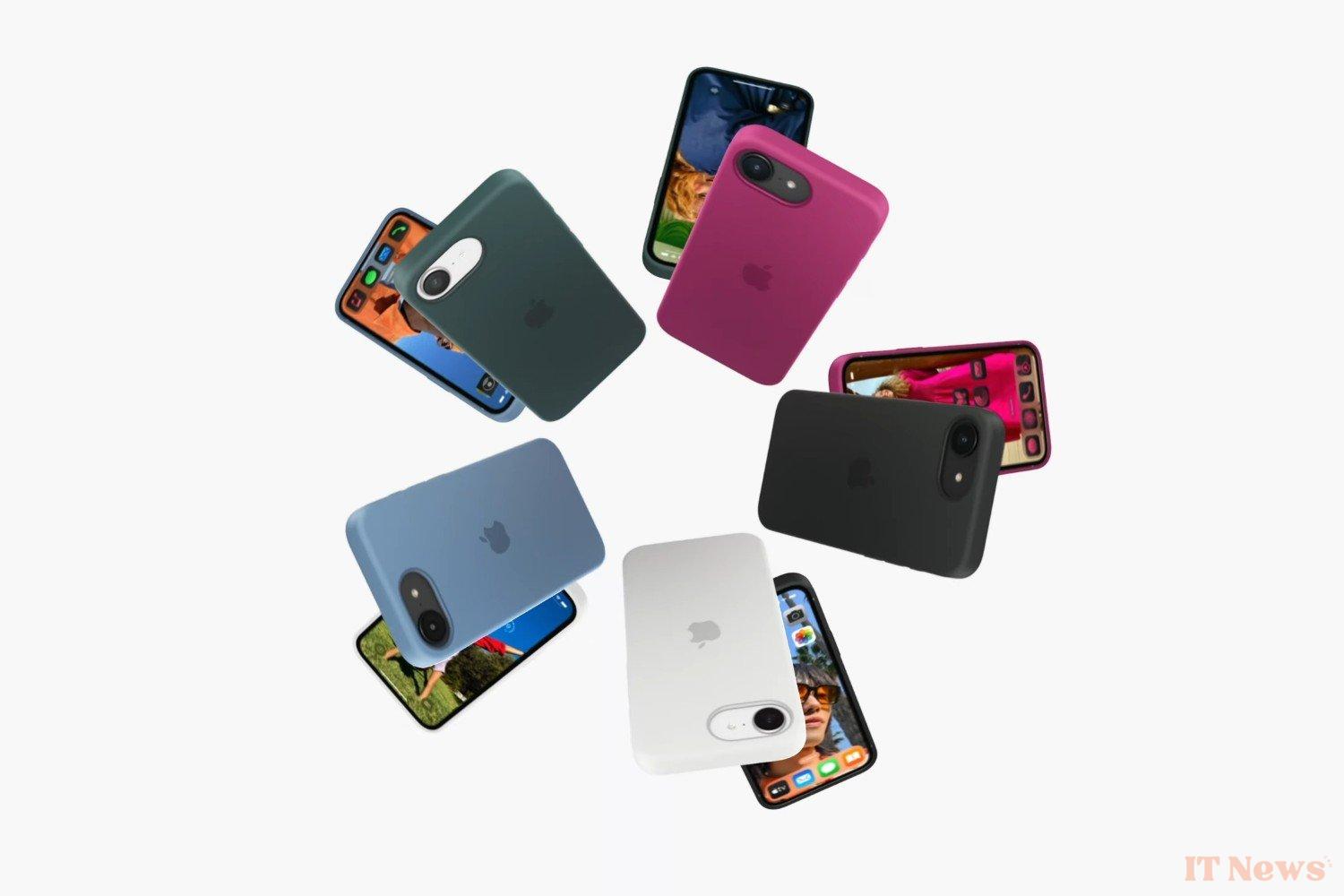
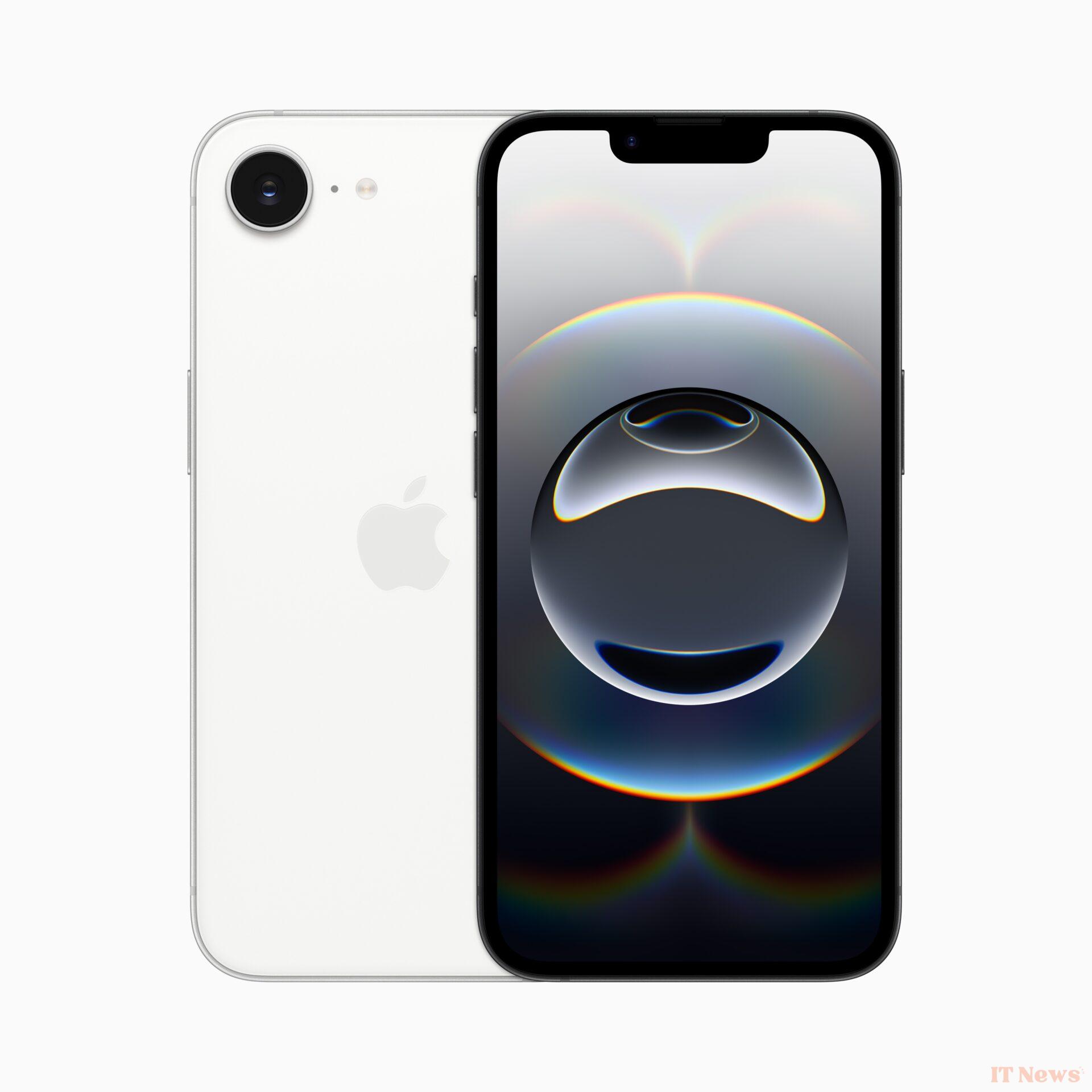
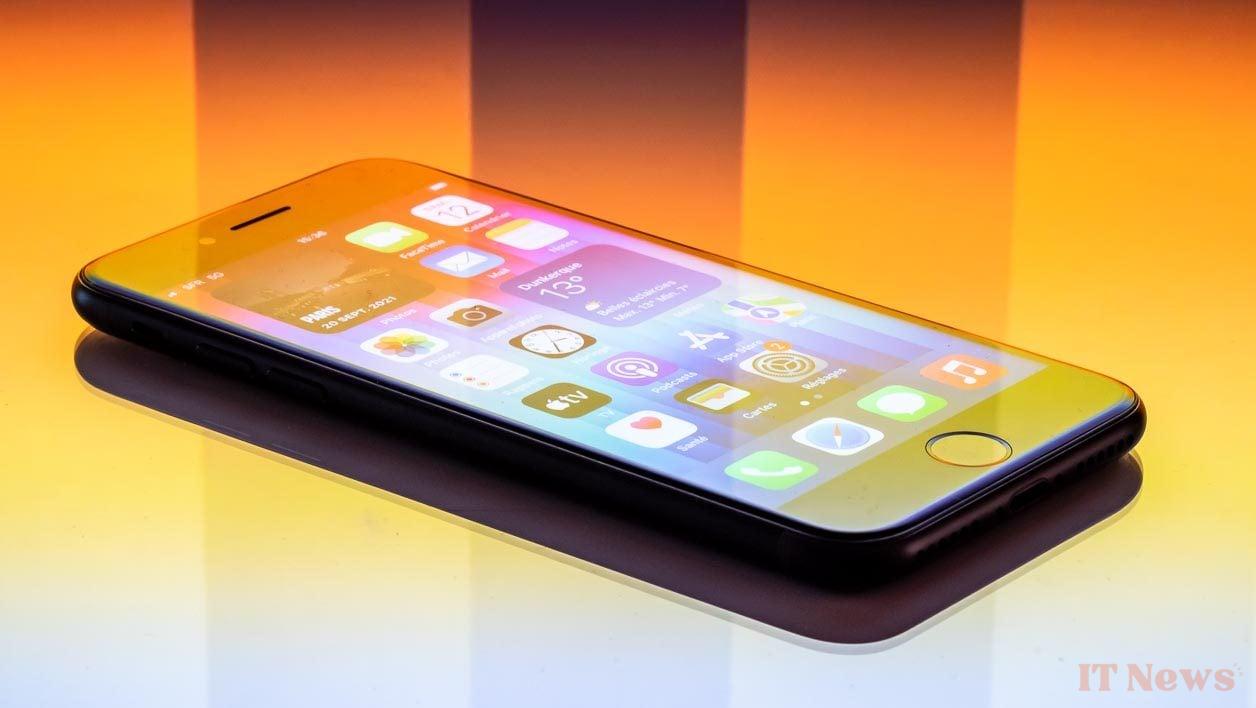
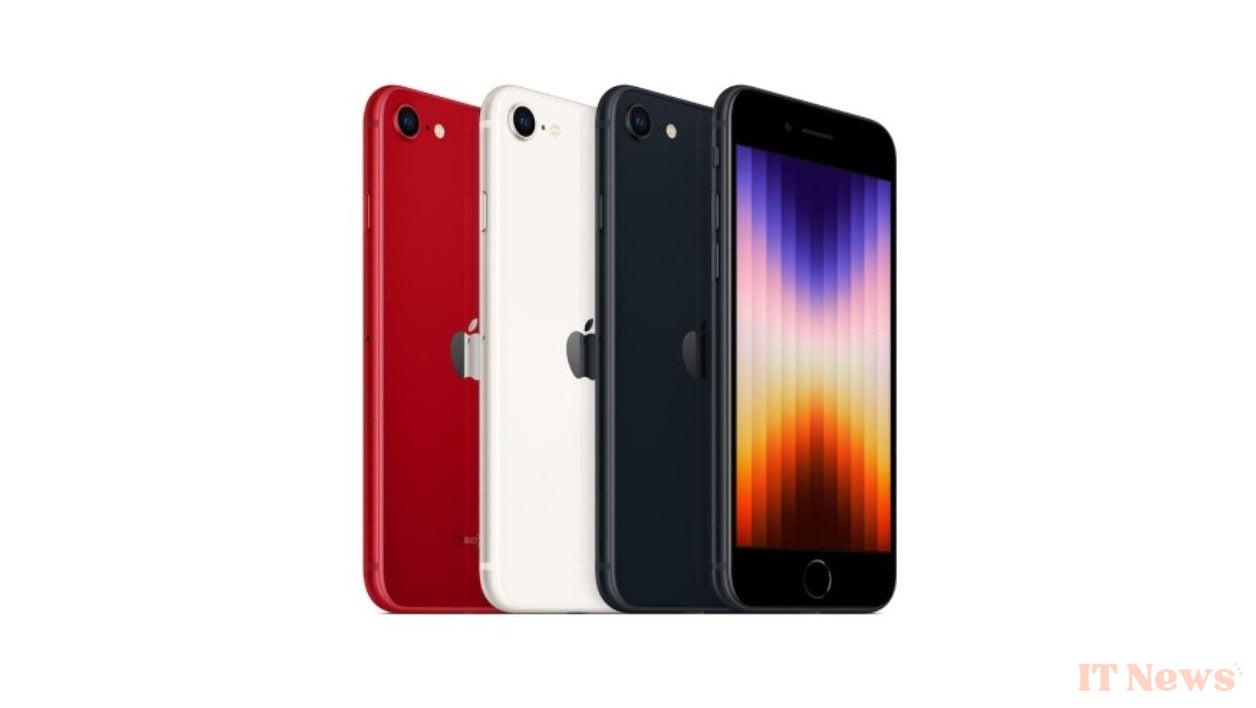
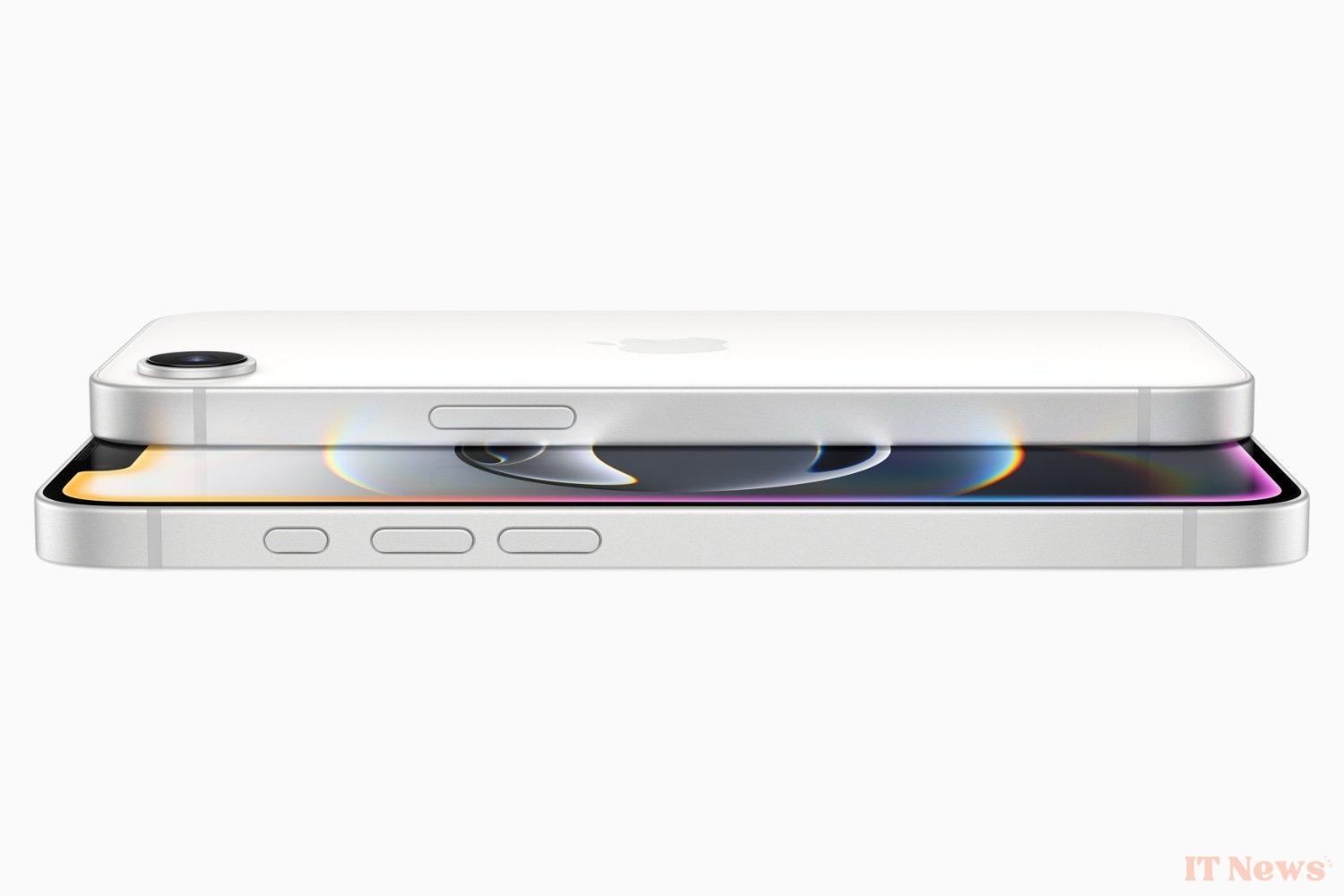

0 Comments